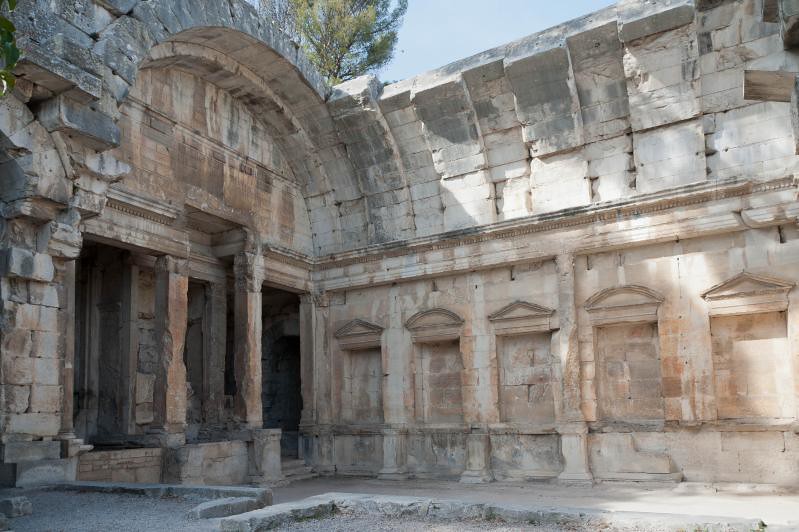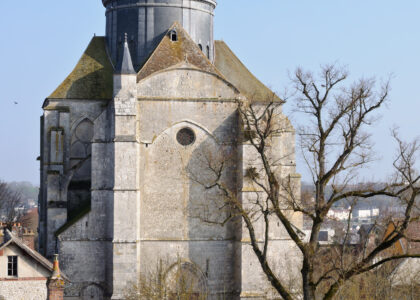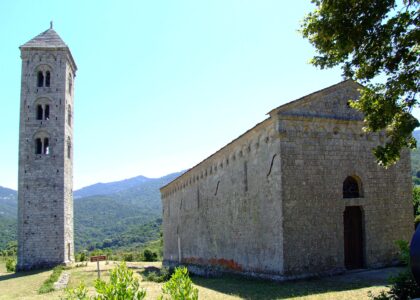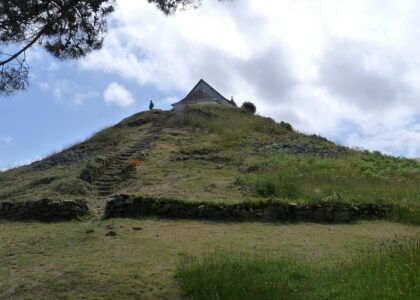Welcome to the Temple Romain dit de Diane, a captivating piece of Roman history nestled in the charming town of Aix-les-Bains, France. Though traditionally thought to be a temple dedicated to the goddess Diana, recent scholarship suggests it might have served as a mausoleum or tomb-temple, closely linked with the nearby Arch of Campanus, a similar funerary monument. The structure dates back to the early second century and has been preserved through its integration into later constructions, such as the medieval castle that became Aix-les-Bains’ town hall.
The temple stands as a testament to the Roman presence in the region, known in antiquity as Aquae, a name derived from its famous thermal springs. These springs attracted the Roman elite, who invested in the construction and upkeep of the baths and surrounding structures. The temple’s location on the western slopes of Mont Revard offered a serene setting for reflection and remembrance, in close proximity to the healing waters of the Bourget Lake.
Throughout its history, the temple has seen several adaptations. By the Middle Ages, it likely served as a Christian place of worship, as was common for many Roman structures. Over time, it became a part of the feudal landscape, helping it avoid total destruction. In 1948, the building was repurposed to house the archaeological museum of Aix-les-Bains, preserving its historical significance for future generations.
The Temple Romain dit de Diane is not just a monument; it’s a storied link to the past, echoing tales of Roman aristocracy, medieval power dynamics, and the evolving identity of a town steeped in history.






